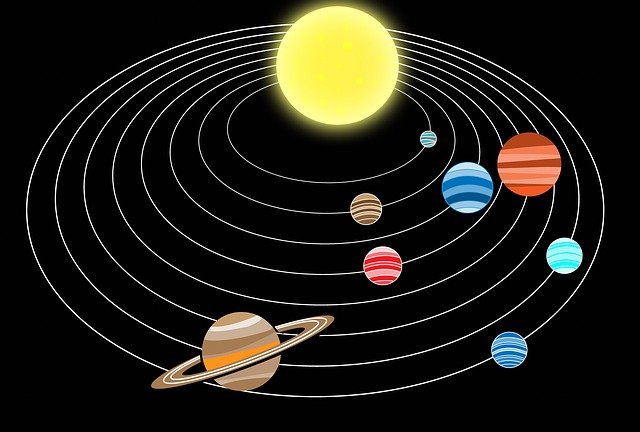5 Most Important Space Missions To Be Launch Soon
Discovering an object or event far away in the universe gives us answers to many questions and also raises new questions. To do this, space telescopes play an important role in the world of science, keeping an eye on different parts of the universe at all times. So many special space telescopes will be launched by various space agencies this year and in the near future. Through which we will learn a lot about this mysterious universe.
1. IXPE ( Space Mission)
IXPE stands for The Imaging x-ray Polarimetry Explorer, a
space observatory. What is special about this space telescope is that it has
three identical telescopes that will help scientists in measuring the
polarization of cosmic X-rays. With the help of this mission we will be able to
study exotic astronomical objects in more depth. It will also help to
understand the magnetic field of black holes. Which will also be able to map
the magnetic field. Along with black holes we will also learn a lot about
neutron stars, pulsars, quasars and active galactic nuclei. The total cost of
the mission is estimated at 188 million.
2. XRISM (Space Satellite)
It is an X-ray astronomy satellite whose full name is The
X-ray Imaging and Spectroscopy Mission. The satellite will be launched by the
Japan Aerospace Exploration Agency (JAXA). The most important thing about this
mission is that through it, we will learn about the formation of the structure
of the universe. At the same time we can succeed in understanding dark matter.
The mission will be launched next year from the Tanegashima Space Centre,
Japan. The instruments in the satellite are Develop include NASA and the
Goddard Space Flight Centre.
3. ADITYA- L1 (Spacecraft)
Aditya L1 will be launched soon in collaboration with Indian
Space Research Organization (ISRO) and several different Indian Research
Institutes. This spacecraft mission will study the depths of the sun in the
near future. At the same time it will become India's first solar mission. The
total cost of this spacecraft is estimated to be around Rs 378 crore. This will
give us a lot of new information about our main star. Its main function is also
to find out what causes the sun's atmosphere to have a much higher temperature
than the surface. The launch date for this mission is set for January 2022.
This solar mission will be launched next year from Satish Dhawan Space Centre
with the help of PSLV Rocket. The duration of this mission is planned up to 5
years.
4. EUCLID (Space Mission)
The Euclid mission, named DUNE, means The Dark universe
Explorer. The mission is being developed under the auspices of the European
Space Agency (ESA). This is a near-infrared Space Telescope. This mission is
specifically designed to detect dark matter and dark energy. With the help of
which scientists will be able to accurately measure the acceleration of the
universe. The mission is named "Euclid" and is named after an ancient
Greek Mathematician "Euclid of Alexander". Its mission duration is
estimated to be 6 years. The telescope is scheduled to launch by December next
year. It will help scientists solve the mysterious mystery of dark matter.
5. PLATO (Spacecraft)
Expectations are high for the PLATO Space Telescope being developed by the European Space Agency. It is named after the Greek philosopher "PLATO". The full name of this telescope is Planetary Transits and Oscillation of Star (PLATO). This mission is specifically designed to locate exoplanets. This telescope will monitor the stars with its Transits method. This telescope will study at a depth of about 1 million stars. At the same time, the telescope will look for yellow dwarf stars like the sun and Earth-like planets around them. On which life will be possible. The main task of this mission is to find planets in the habitable zone near stars like the Sun. It has a total of 26 cameras that will detect even the slightest difference in stellar light. The mission is planned to be launched by 2026. Its mission duration will be 4 years.








Comments
Post a Comment
Please do not enter any spam link in the comment box.